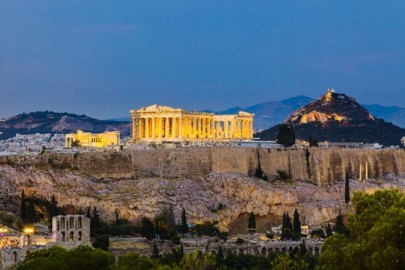Because of its geographical position, Greece was a crossroad of civilisations that had left their traces everywhere: the architecture of the museums and settlements, miniature art, daily life, nutritional customs and in all forms of popular art in the various regions of the country. The visitor can come into contact with this multihued and impressive mosaic through trips into historical, cultural, artistic and folkloric traditions.
According to UNESCO’s official website:
”The monuments included on the World Heritage List are selected and approved on the basis of their value as the best examples of human creative genius. They exhibit an important interchange of human values and bear a unique or at least exceptional testimony to a cultural tradition or to a civilization which is living or has disappeared. They are directly linked to important stages in human history and for this reason they have outstanding universal significance and are a part of mankind’s common heritage”. Greece is preferentially included on the list of World Heritage Monuments, satisfying all the institution’s significant and strict criteria. The first monument in Greece to be included on UNESCO’s list was the Temple of Apollo Epicurius in 1986. Since then the number of entries on the list has dramatically increased.
Today it includes eighteen monuments throughout the country. Following are ten out of Greece’s 18 total monuments included in UNESCO’s list:
Temple of Apollo Epicurius at Bassae (1986)
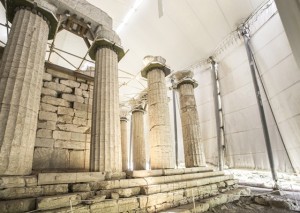
Acropolis archaeological site, Athens (1987)
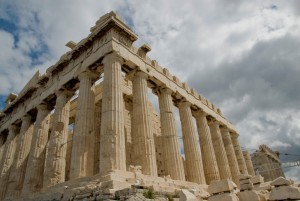
Archaeological site of Delphi (1987)
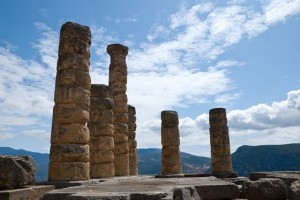
Sanctuary of Asklepios, Epidaurus (1988)
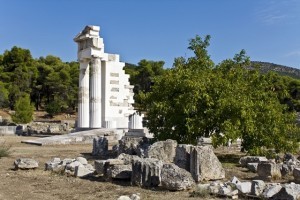
Mount Athos (1988)

Medieval city of Rhodes (1988)

Meteora (1988)
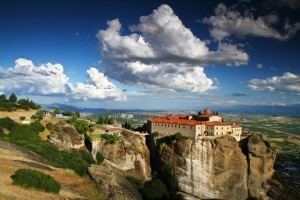
Paleochristian and Byzantine monuments of Thessaloniki (1988)
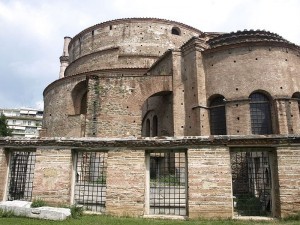
Archaeological site of Mystras (1989)
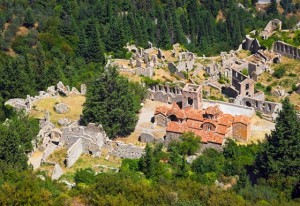
Archaeological site of Olympia (1989)
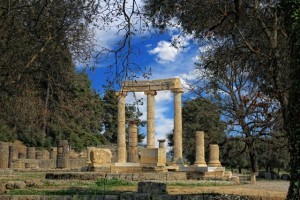
source: visitgreece.gr
Ask me anything
Explore related questions
